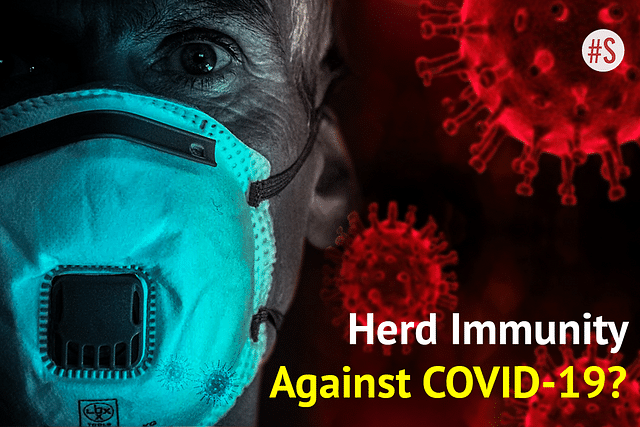
Oxford Study: Herd Immunity Threshold To Prevent Covid-19 Resurgence Could Be As Low As 10-20%, Not 50% As Earlier Believed
The herd immunity threshold (HIT) required to prevent a resurgence of SARS-CoV-2 could be way lower than early believed 50% for any epidemiological setting, a new study by Oxford University has revealed.
The study was conducted Department of Zoology at University of Oxford. The study, which was published on July 16, is yet to be peer-reviewed.
According to the study, HIT is likely to get significantly reduced if a fraction of the population is unable to transmit the virus due to innate resistance or cross-protection from exposure to seasonal coronaviruses.
Herd immunity is typically achieved when enough people in a population setting have immunity to an infection to be able to effectively stop that disease from spreading. It reduces the chances of the virus being transmitted from person to person and reaching those who haven’t been infected yet.
The researchers said that when people who are resistant to a virus mix with non-resistant people, the HIT drops significantly.
“Given the mounting evidence that exposure to seasonal coronaviruses offers protection against clinical symptoms, it would be reasonable to assume that exposure to SARS-CoV-2 itself would confer a significant degree of clinical immunity,” the researchers noted.
“Thus, a second peak may result in far fewer deaths, particularly among those with comorbidities in the younger age classes.” the study further said.
While acknowledging that determining the proportion of population exposed for SARS-CoV-2 is not possible through tracking clinical cases given that the majority of infections are likely to be asymptomatic, the study suggested that seropositivity measures of 10-20% could be entirely compatible with local levels of immunity having approached or even exceeded the herd immunity threshold.
More than 1.47 crore people have been reported to be infected by the novel corona virus worldwide and at least 610,000 have died.